African art encompasses a diverse range of artistic expressions, reflecting the rich cultural heritage and history of the continent. From ancient rock art, bronze sculptures, and wooden masks to contemporary installations, murals, and performance art, African art has evolved and adapted to the changing cultural, social, and political landscapes over time. African art in public spaces, in particular, has garnered increasing attention in recent years, both within the continent and beyond, as it plays a crucial role in celebrating culture, fostering community engagement, and contributing to the social and economic development of the continent.
The origins of African art can be traced back thousands of years, as evidenced by the ancient rock paintings found in the Sahara Desert and the intricate Nok terracotta sculptures from Nigeria. Over time, African art has developed a multitude of distinct styles, techniques, and mediums, varying across different regions and cultures. These diverse expressions are not only visually captivating but also imbued with deep cultural and symbolic meanings, often reflecting religious, social, or political themes.
Public art, broadly defined as art that is displayed and accessible to the general public, plays a pivotal role in shaping our cultural identity, sense of belonging, and understanding of our shared history. African art in public spaces serves as a means to preserve and promote cultural heritage, inspire dialogue and reflection, and foster a sense of unity and inclusivity within communities. Moreover, public art contributes to the social and economic development of the continent by enhancing urban spaces, attracting tourism and investment, and supporting local artists and artisans.
In this journal, we will explore the multifaceted impacts of African art in public spaces, from promoting cultural awareness and appreciation to fostering community engagement and inclusivity. We will also discuss the social and economic benefits of African art in public spaces, including its potential to boost local economies, enhance urban environments, and showcase African art to a global audience. Throughout, we will emphasize the importance of “African Art in Public Spaces” as a powerful tool for celebrating and preserving the rich cultural heritage of the continent.
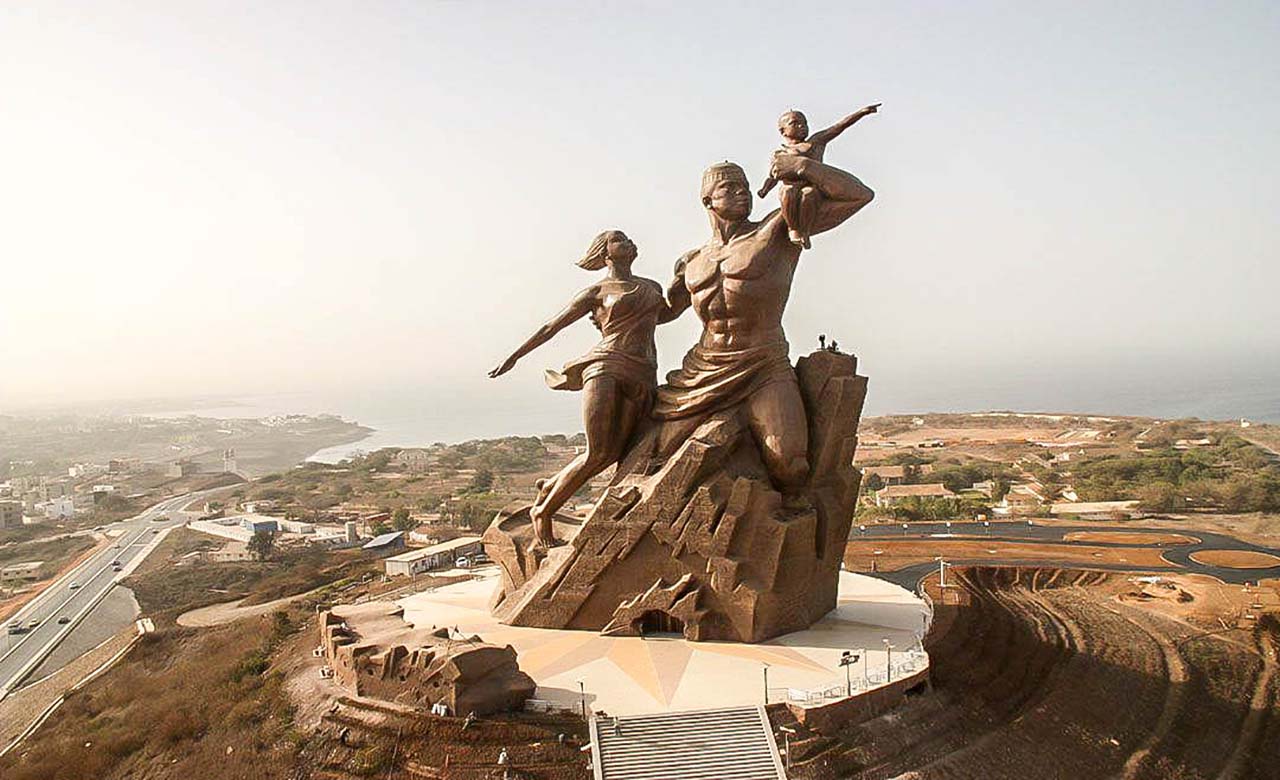
Promoting cultural awareness and appreciation
African art in public spaces plays a vital role in preserving traditions and heritage, ensuring that these cultural expressions remain relevant and accessible to both local communities and visitors. Storytelling through sculpture, murals, and installations allows artists to explore historical narratives, myths, and legends, as well as to reinterpret traditional motifs and symbols in innovative ways.
For instance, the Great African Steps in Cape Town, South Africa, is a large-scale public art project featuring a series of intricate mosaic steps depicting various aspects of African history and culture. This ambitious project not only promotes cultural awareness but also serves as a testament to the resilience and creativity of African artists.
Showcasing contemporary African artists is another important aspect of promoting cultural appreciation. By blending modern and traditional techniques, contemporary artists are able to address social and political issues through their art, often challenging prevailing norms and stereotypes. A notable example is the Makoko Floating School in Lagos, Nigeria, designed by Nigerian architect Kunlé Adeyemi. This innovative structure, which serves both as a school and a community center, is built using local materials and techniques, demonstrating the potential of African art and architecture to address pressing social and environmental challenges.
Enhancing community engagement and inclusivity
Art has the power to transcend social and cultural barriers, fostering dialogue and connection among individuals from diverse backgrounds. African art in public spaces encourages conversation and reflection, allowing people to engage with different perspectives and experiences. This, in turn, helps break down barriers and foster a sense of unity and inclusivity within communities.
Community involvement in the creation of public art is essential in achieving these goals. Collaborative projects and workshops, which bring together local artists,
artisans, and community members, empower individuals to take an active role in shaping their environment and celebrating their shared cultural heritage. One example of such a project is the Favela Painting initiative in Rio de Janeiro, Brazil, where Dutch artists Jeroen Koolhaas and Dre Urhahn collaborated with local residents to create vibrant murals in the favela community, inspired by African patterns and themes. This project not only revitalized the neighborhood but also fostered a sense of pride and ownership among its residents.
Social and economic benefits of African art in public spaces
African art in public spaces has the potential to attract tourism and investment, thereby boosting local economies and supporting artists and artisans. Showcasing African art to a global audience can raise awareness of the continent’s rich cultural heritage and create opportunities for cultural exchange and collaboration.
One notable example is the Zeitz Museum of Contemporary Art Africa (MOCAA) in Cape Town, South Africa, which is housed in a repurposed grain silo and features a vast collection of contemporary African art. The museum has not only become a major tourist attraction but also serves as an important platform for African artists to gain international recognition.
Enhancing urban spaces and quality of life is another significant benefit of African art in public spaces. By transforming public spaces into vibrant cultural hubs, public art can encourage environmental sustainability and resilience, as well as promote social cohesion and well-being. The Soweto Theatre in Johannesburg, South Africa, for example, is a striking architectural landmark that hosts a wide range of cultural events and activities, acting as a catalyst for social and economic development in the area.
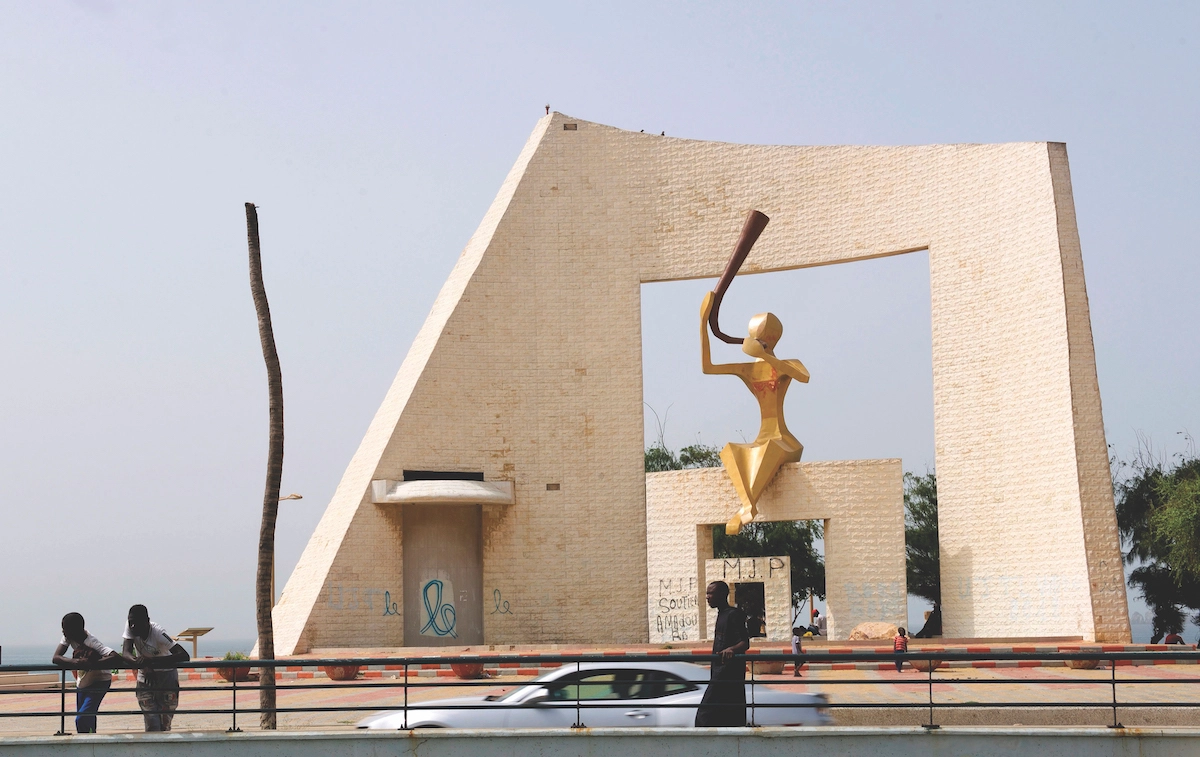
In conclusion, African art in public spaces serves as a powerful tool for celebrating and preserving the rich cultural heritage of the continent, while fostering community cohesion and contributing to social and economic development. By promoting cultural awareness and appreciation, enhancing community engagement and inclusivity, and providing social and economic benefits, African art in public spaces plays a pivotal role in shaping the continent’s future.
As we have seen through the various case studies and examples discussed in this essay, African art in public spaces can have a profound impact on communities, urban environments, and the global perception of African culture. To harness the full potential of African art in public spaces, it is essential for governments, communities, and individuals to invest in public art projects and support African artists in their endeavors.
By doing so, we can ensure that the diverse and vibrant artistic expressions of the African continent continue to thrive and inspire future generations, both within Africa and around the world. In this way, “African Art in Public Spaces” can truly serve as a celebration of culture and community, while fostering understanding, unity, and progress for all.
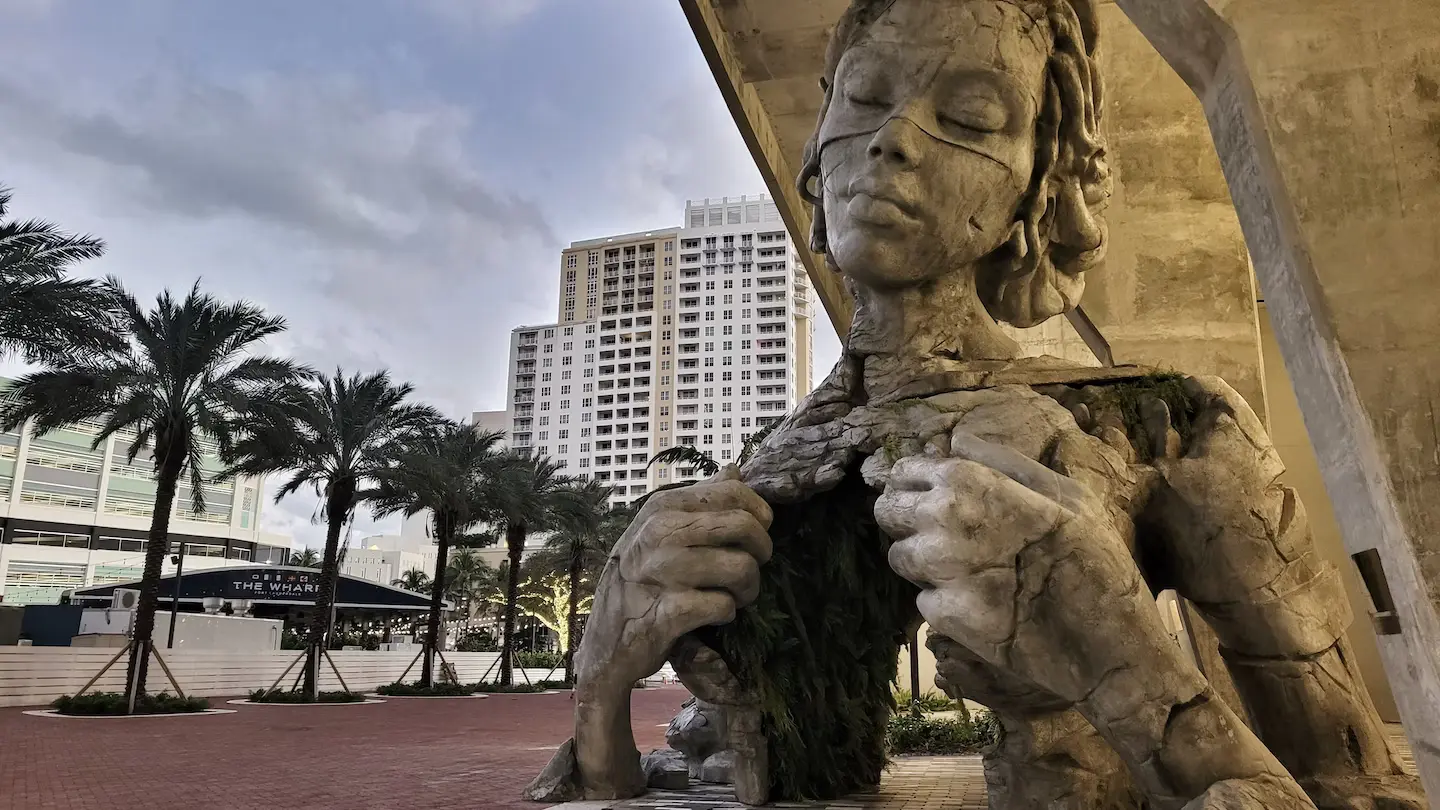

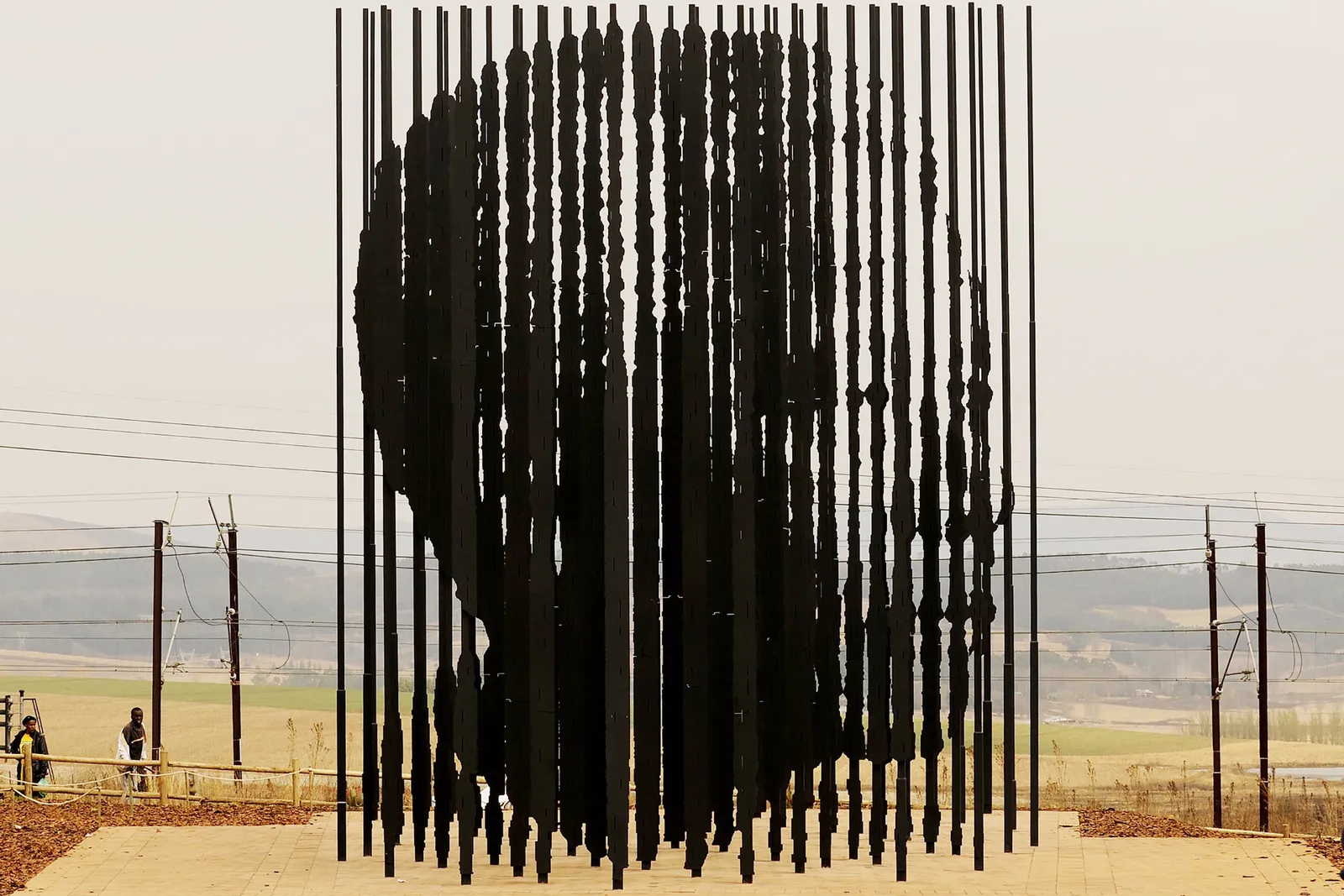

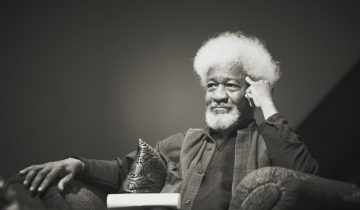

 No products in the basket.
No products in the basket.